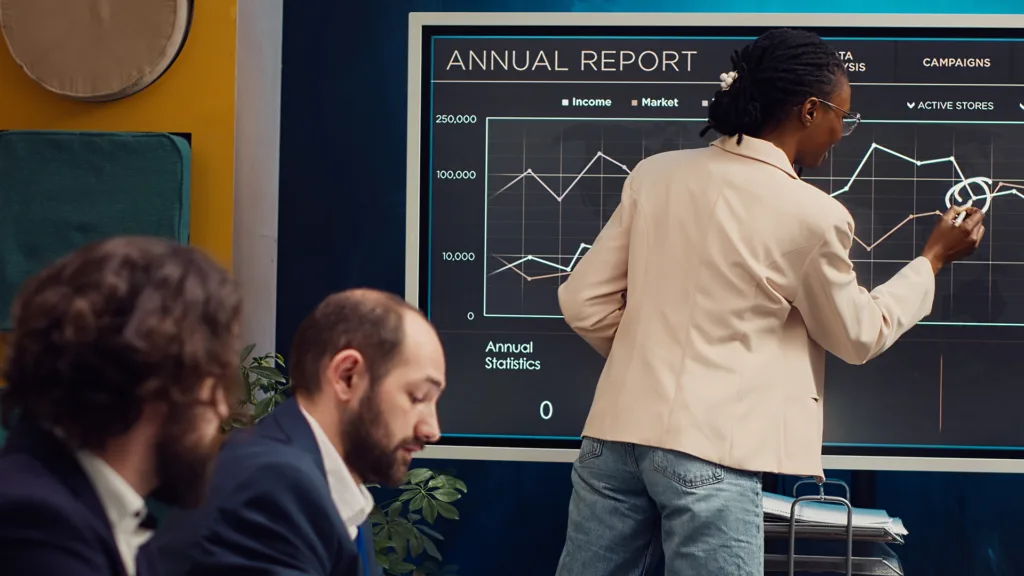23 April 2025
What is workforce management? (and why you should care)
Words by Robyn Bertram
Reading time 4 min

Words by Robyn Bertram
Reading time 4 min

The most common response I get when I tell people I work in Workforce Management (WFM), often coupled with a very confused facial expression, is “Hmmm, is that in HR…?” Given that labor costs can account for up to as much as 70% of total business costs, such as employee wages, benefits, payroll, and other related taxes, it always surprises me that Workforce Management is still not a widely recognized industry.

While it’s certainly come in leaps and bounds over the last ten to fifteen years, we still have a long way to go to move WFM from behind the curtains and out into the open to gain its recognition as a business critical function within organizations.
Without a WFM team, your organization is most likely running blind and operating in constant crisis mode where important operational and financial impacts aren’t realized until it’s too late, if at all.
By implementing a WFM team, you can start to bring some order to this mayhem and see potential benefits with reduced expenses, increased operational agility and productivity, reduced financial and non-compliance risks as well as improved customer satisfaction and employee morale.
Now you may be thinking, “Wow, this all sounds way too good to be true! Why haven’t I heard more about Workforce Management? How can I start to reap the benefits of implementing a WFM team?” Whilst it will take time to set up a fully functioning WFM team, some of the immediate benefits you can expect to see are:
So, what exactly does a fully functioning Workforce Management team do? Essentially a WFM team will plan to have the right people, in the right place, at the right time. Sounds simple enough, but there are so many moving parts and calculations that go into this process that in truth it’s not quite so straightforward. Workforce management can generally be broken down into the following functions
By analyzing historical volume data and combining that with known upcoming events such as marketing campaigns, new initiatives, and new product launches, we can produce accurate forecasts to help anticipate for future staffing demands. How far into the future you forecast will be dependent on the size and complexities of your business but generally it is between one to three years.
By using the long and mid-term forecasts in conjunction with forecast shrinkage and attrition, we can identify the expected gaps in staffing and look to implement strategies to help minimize these impacts. With this information, we can start to plan in our future recruitment requirements to ensure we always have the right number of people. Planning around seating capacities is also an important task that is captured in capacity plans.
By gathering more recent trends and impacts we can produce accurate short-term forecasts which will form the base when generating agent schedules. These forecasts are created to a weekly, daily and interval level and can provide great insights and assist with meaningful discussions regarding daily staffing.
As it is imperative that we have the right people, in the right place, at the right time, the scheduling function will reference these forecasts when creating agent rosters, planning off phone activities and optimizing breaks. Recommendations regarding shift movements and overtime can also be discussed by using these forecasts.
Produce and optimize front line agent schedules to match incoming volumes throughout the hours of operation with the focus on achieving the optimal service level for predefined metrics. This function is often referred to as piecing a jigsaw puzzle together as the scheduler will build the agent base schedule and layer on top all off phone activities such as meetings, development time, 1on1s, days off, etc.
Monitors the day to day activities, service level and agent adherence in real time. Identifies impacts and takes action to see improved results. Provides detailed analysis and post day/week reviews back to the business to help with future planning. Reforecasts the current week volumes if any unforeseen events occur and are likely to have an impact on the following days.
The way a workforce management team is structured can vary greatly and is dependent on the size and complexities of your business. Some businesses opt to implement an end to end role, where one person will look after a smaller pool of agents while completing all of the functions mentioned above.
Other businesses choose to have dedicated specialists for the different functions, like a Capacity Planner, a Forecaster, a Scheduler, and a Real Time Analyst. There are no rights or wrongs here, as the optimal configuration is highly dependent on your business’ needs.
The benefits of a well-managed workforce are clear and many. But let’s not kid ourselves; figuring out the best way to set your team up can be a daunting task. If you’re not sure where to begin, then we can help! Contact us now so we can put you in touch with one of our WFM experts to help guide you in setting up a successful WFM team for your organization!